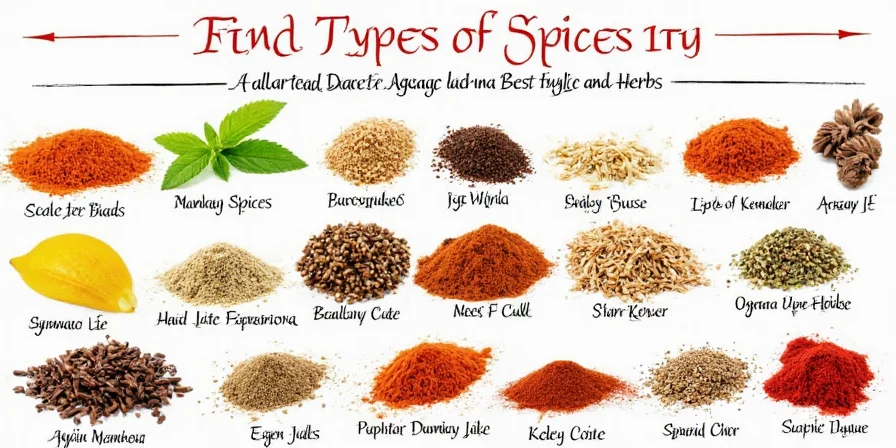
Herbs come from the leafy parts of plants and are typically used fresh, while spices are derived from seeds, bark, roots, or fruits of plants and usually used dried. This fundamental botanical difference affects their flavor profiles, cooking applications, and storage requirements - understanding these distinctions transforms ordinary cooking into exceptional culinary experiences.
Table of Contents
- Herbs vs. Spices: The Essential Differences
- Common Culinary Herbs (And Practical Uses)
- Essential Spices for Your Kitchen
- Beginner Tips for Using Herbs and Spices
- Complete Storage Guide for Maximum Freshness
- Quick Reference Table: Herb and Spice Guide
- Frequently Asked Questions
Herbs vs. Spices: The Essential Differences
When home cooks ask "what's the difference between herbs and spices," the answer lies in plant biology, not usage:
- Herbs: From leafy green parts of plants (basil, parsley, cilantro). Best used fresh in Mediterranean and European dishes. Delicate flavors work well with light cooking or raw applications.
- Spices: From non-leaf plant parts like seeds (coriander), bark (cinnamon), roots (ginger), or fruits (peppercorns). Typically dried, with bolder flavors that stand up to longer cooking times in global cuisines.

Common Culinary Herbs (And Practical Uses)
Understanding how to use fresh herbs properly makes all the difference in flavor development:
Basil
Sweet, aromatic herb that loses flavor with prolonged heat.
- Best for: Caprese salad, pesto, tomato sauces
- Practical tip: Add at the end of cooking to preserve flavor
Rosemary
Strong, pine-like flavor that pairs well with hearty dishes.
- Best for: Roasted potatoes, grilled meats, breads
- Practical tip: Use sparingly as its flavor intensifies during cooking
Thyme
Earthy herb that withstands longer cooking times.
- Best for: Soups, stews, roasted vegetables
- Practical tip: Add early in cooking for maximum flavor infusion
Parsley
Mild, fresh herb perfect for finishing dishes.
- Best for: Garnishing, tabbouleh, sauces
- Practical tip: Flat-leaf variety has stronger flavor than curly parsley
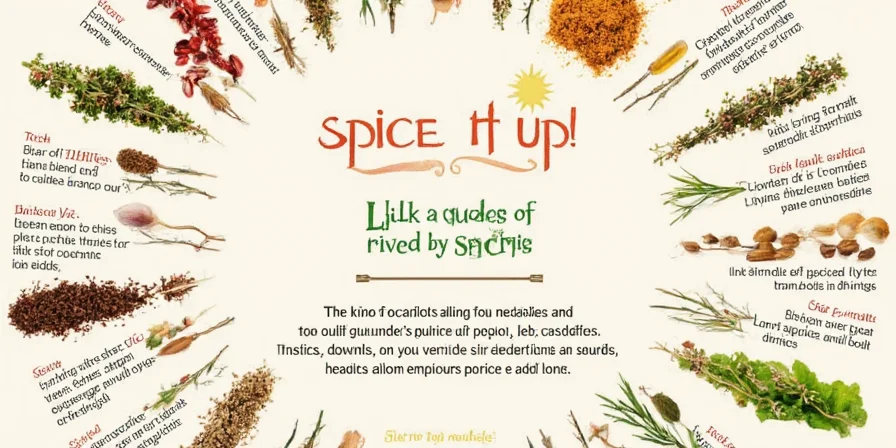
Essential Spices for Your Kitchen
These essential spices for beginners form the foundation of flavorful cooking:
Cumin
Earthy, warm spice with distinctive aroma.
- Best for: Chili, tacos, curry dishes
- Practical tip: Toast in dry pan before use for deeper flavor
Paprika
Versatile spice ranging from sweet to smoky.
- Best for: Goulash, roasted meats, deviled eggs
- Practical tip: Hungarian paprika offers the most authentic flavor
Turmeric
Vibrant yellow spice with earthy flavor.
- Best for: Curries, rice dishes, golden milk
- Practical tip: Combine with black pepper to increase absorption
Cinnamon
Warm, sweet spice perfect for both sweet and savory.
- Best for: Baking, oatmeal, spiced tea
- Practical tip: Ceylon cinnamon is milder and preferred for delicate dishes
Garam Masala
Warming spice blend essential to Indian cuisine.
- Best for: Curries, lentils, roasted vegetables
- Practical tip: Add toward the end of cooking to preserve aromatic qualities
Coriander
Citrusy, slightly sweet spice from cilantro seeds.
- Best for: Pickling, spice rubs, chutneys
- Practical tip: Grind seeds fresh for maximum flavor impact
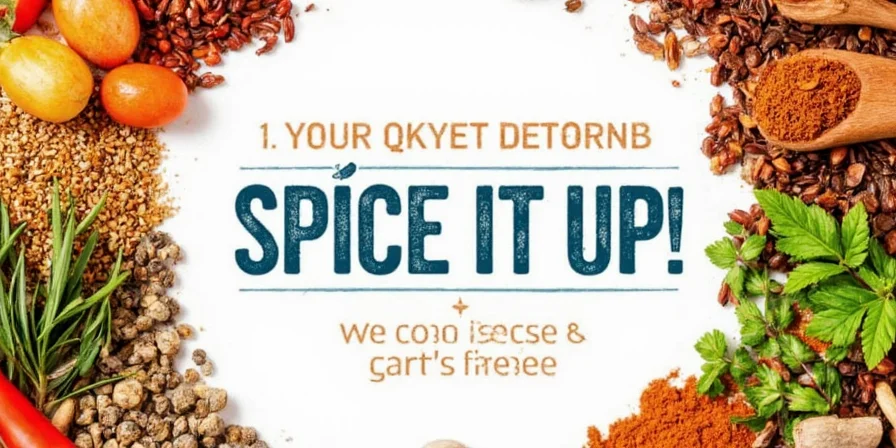
Beginner Tips for Using Herbs and Spices
Follow these simple herb and spice tips for beginners to immediately improve your cooking:
- Fresh vs. dried herbs: Use 1 teaspoon dried herbs for every 1 tablespoon fresh
- When to add herbs: Delicate herbs (basil, cilantro) go in at the end; hardy herbs (rosemary, thyme) can cook longer
- Spice toasting: Heat spices in dry pan for 1-2 minutes until fragrant for enhanced flavor
- Flavor pairing: Match strong spices with bold ingredients, delicate herbs with subtle flavors
- Gradual seasoning: Add small amounts and taste frequently - you can always add more
Complete Storage Guide for Maximum Freshness
Preserve your herbs and spices shelf life with these practical storage methods:
- Fresh herbs: Treat like flowers - trim stems and store in water in the refrigerator
- Dried herbs: Keep in airtight containers away from heat and light
- Whole spices: Store up to 4 years in cool, dark place
- Ground spices: Replace every 6-12 months for best flavor
- Freezing herbs: Chop and freeze in oil for easy cooking use
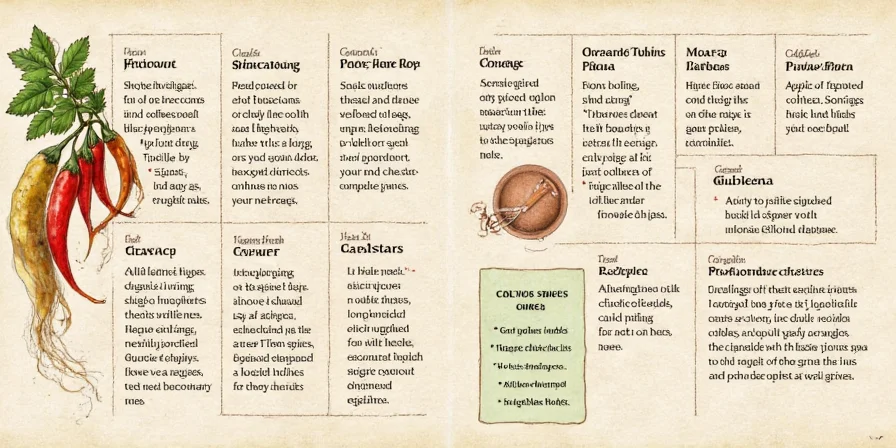
Quick Reference Table: Herb and Spice Guide
| Category | Source | Flavor Profile | Best Used In | Storage Tips |
|---|---|---|---|---|
| Herbs | Leaves of plants | Fragrant, fresh, subtle | Italian, French, Mediterranean dishes | Fresh: 1-2 weeks in fridge; Dried: 1-3 years |
| Spices | Roots, seeds, bark | Intense, warm, complex | Middle Eastern, Indian, Mexican dishes | Whole: 3-4 years; Ground: 6-12 months |
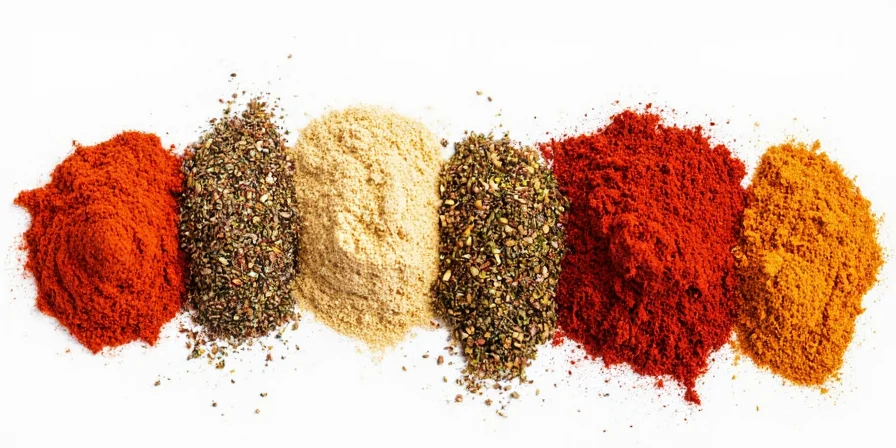
Frequently Asked Questions
What's the easiest way to remember the difference between herbs and spices?
Remember this simple rule: herbs come from the green parts above ground (leaves), while spices come from other plant parts like roots, seeds, or bark. If it grows above ground as a leafy plant, it's likely an herb; if it comes from seeds, roots, or bark, it's a spice.
Can I substitute dried herbs for fresh in recipes?
Yes, but use one-third the amount of dried herbs compared to fresh since drying concentrates flavors. Add dried herbs early in cooking to rehydrate; add fresh herbs in the last few minutes to preserve their flavor.
Which herbs and spices go well together?
Classic pairings include basil with tomato, rosemary with potatoes, thyme with chicken, cumin with chili, and cinnamon with apple. Mediterranean cuisine often combines oregano, basil, and thyme, while Indian cooking features turmeric, cumin, and coriander together.
How can I tell if my spices are still good?
Perform the smell test: if the spice has little aroma when rubbed between your palms, it's lost potency. Whole spices typically stay fresh 3-4 years; ground spices last 6-12 months. If spices look faded or have a musty smell, replace them.
What are the most versatile herbs and spices for beginners?
Start with these 5 essentials: salt, pepper, garlic powder, paprika, and dried oregano. They work across most cuisines. For fresh herbs, begin with parsley (versatile and mild) before expanding to basil and cilantro as you gain confidence.

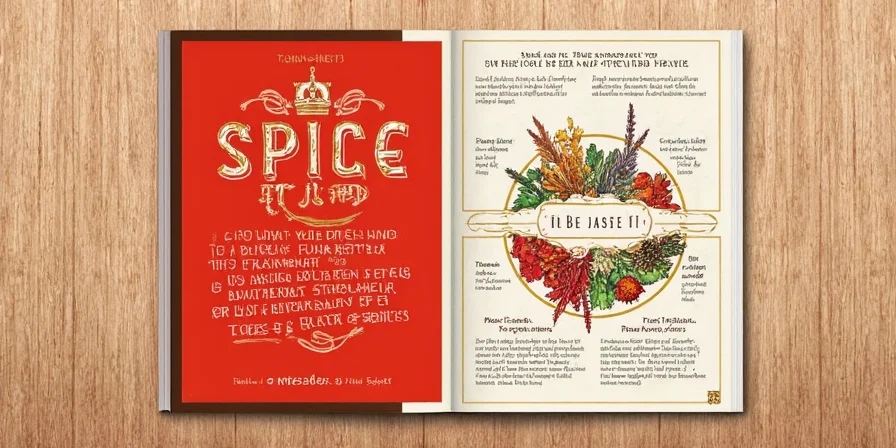









 浙公网安备
33010002000092号
浙公网安备
33010002000092号 浙B2-20120091-4
浙B2-20120091-4